Introduction
Distributed ledger technology (DLT) has brought about a paradigm shift in how we perceive and utilize data. At the core of DLT is the concept of consensus algorithms, which determine how multiple nodes in a network agree upon the state of a shared ledger. This article explores the evolution of consensus algorithms, from Byzantine Generals to Nakamoto Consensus, and examines the implications for the future and applications in various sectors.
A Historical Overview
Consensus algorithms have deep roots, originating in the Byzantine Generals Problem from computer science. This problem posed a challenge in achieving consensus among generals commanding separate armies, who could only communicate through unreliable messengers. Over the years, several consensus algorithms were developed, including Practical Byzantine Fault Tolerance (PBFT) and Proof of Stake (PoS), each with its own advantages and limitations.
The Evolution of Consensus Algorithms
The breakthrough in consensus algorithms came with the introduction of Nakamoto Consensus by the anonymous creator(s) of Bitcoin, known as Satoshi Nakamoto. Nakamoto Consensus, based on Proof of Work (PoW), revolutionized the concept of distributed consensus. It allowed for a trustless environment, where participants could validate and verify transactions without relying on a central authority.
Advantages and Disadvantages
Nakamoto Consensus brought several advantages, such as security, robustness, and resistance to censorship. However, PoW-based consensus algorithms also faced challenges, including high energy consumption and scalability issues. To overcome these limitations, alternative consensus algorithms emerged, such as Proof of Stake (PoS), Practical Byzantine Fault Tolerance (PBFT), and Proof of Authority (PoA), which aimed to optimize energy efficiency and scalability while maintaining the desired security properties.
Practical Applications
Consensus algorithms have found applications beyond cryptocurrencies. DLT has been utilized in various sectors, including finance, supply chain management, healthcare, and identity verification. In finance, blockchain-based solutions enable faster and more secure cross-border transactions. In supply chain management, DLT ensures transparency and trust in the movement of goods. Healthcare systems have explored blockchain’s potential in securely managing patient data, while identity verification solutions leverage DLT to enhance security and privacy.
Real-World Examples
Several real-world examples demonstrate the practicality of consensus algorithms. Ethereum, the second-largest cryptocurrency, utilizes a PoW-based consensus algorithm to validate transactions and execute smart contracts. Hyperledger Fabric, an open-source DLT framework, employs a PBFT-based consensus algorithm to achieve consensus in private networks. These examples illustrate how consensus algorithms underpin the functionality of DLT systems in diverse environments.
The Future of Consensus Algorithms
The future of consensus algorithms is an area of active research and innovation. The ongoing development of Proof of Stake (PoS) algorithms aims to reduce energy consumption and enhance scalability. Additionally, advancements in hybrid consensus mechanisms, such as combining PoW and PoS, seek to strike a balance between security and efficiency. As DLT continues to evolve, newer consensus algorithms are likely to emerge, addressing the requirements of specific use cases and paving the way for further adoption in various industries.
Frequently Asked Questions
What is a consensus algorithm?
A consensus algorithm determines how multiple nodes in a network agree upon the state of a shared ledger in a decentralized manner. It ensures that all participants reach a consensus on the validity of transactions and the order in which they are added to the ledger.
Why is consensus important in DLT?
Consensus is crucial in DLT as it enables trustless environments and ensures the integrity and security of data. It eliminates the need for a central authority and allows participants to verify and validate transactions independently, creating a reliable and transparent system.
How do different consensus algorithms compare?
Different consensus algorithms have their own strengths and weaknesses. For example, Proof of Work (PoW) provides a high level of security but requires significant computational power and energy consumption. Proof of Stake (PoS) offers scalability and energy efficiency but is potentially vulnerable to concentration of power. The choice of which algorithm to use depends on the specific requirements of the application and its desired trade-offs.
Which sectors can benefit from DLT and consensus algorithms?
DLT and consensus algorithms have broad applications across sectors. Finance can benefit from faster and more secure transactions, while supply chain management can achieve transparency and traceability. Healthcare systems can enhance data security and interoperability, while identity verification solutions can improve privacy and reduce fraud. These are just a few examples of how DLT and consensus algorithms can revolutionize various sectors.
How can I learn more about consensus algorithms and DLT?
The subject of consensus algorithms and DLT is vast and constantly evolving. To deepen your knowledge, consider exploring academic papers, attending conferences and webinars, and engaging with online communities focused on blockchain and distributed ledger technologies. Additionally, there are numerous books and online courses available that provide comprehensive insights into this fascinating field.
Conclusion
Consensus algorithms play a pivotal role in distributed ledger technology, enabling trustless environments and transforming industries. From Byzantine Generals to Nakamoto Consensus, the evolution of consensus algorithms has paved the way for secure, transparent, and efficient systems. As we continue to explore the potential of DLT, newer consensus algorithms and hybrid mechanisms will shape the future, opening doors to exciting possibilities in finance, supply chain, healthcare, and beyond.
Share your thoughts!
We’d love to hear your insights and opinions on the evolution of consensus algorithms and their applications. Leave a comment below and join the discussion!
More in this category ...
Ripple companions with SBI Group and HashKey DX for XRPL answers in Japan

April sees $25M in exploits and scams, marking historic low ― Certik

MSTR, COIN, RIOT and different crypto shares down as Bitcoin dips

EigenLayer publicizes token release and airdrop for the group

VeloxCon 2024: Innovation in knowledge control

Successful Beta Service release of SOMESING, ‘My Hand-Carry Studio Karaoke App’

Dogwifhat (WIF) large pump on Bybit after record reasons marketplace frenzy

How fintech innovation is riding virtual transformation for communities around the globe

Wasabi Wallet developer bars U.S. customers amidst regulatory considerations

Analyst Foresees Peak In Late 2025

Solo Bitcoin miner wins the three.125 BTC lottery, fixing legitimate block

Ace Exchange Suspects Should Get 20-Year Prison Sentences: Prosecutors

Google Cloud's Web3 portal release sparks debate in crypto trade

Bitcoin Primed For $77,000 Surge

Bitbot’s twelfth presale level nears its finish after elevating $2.87 million
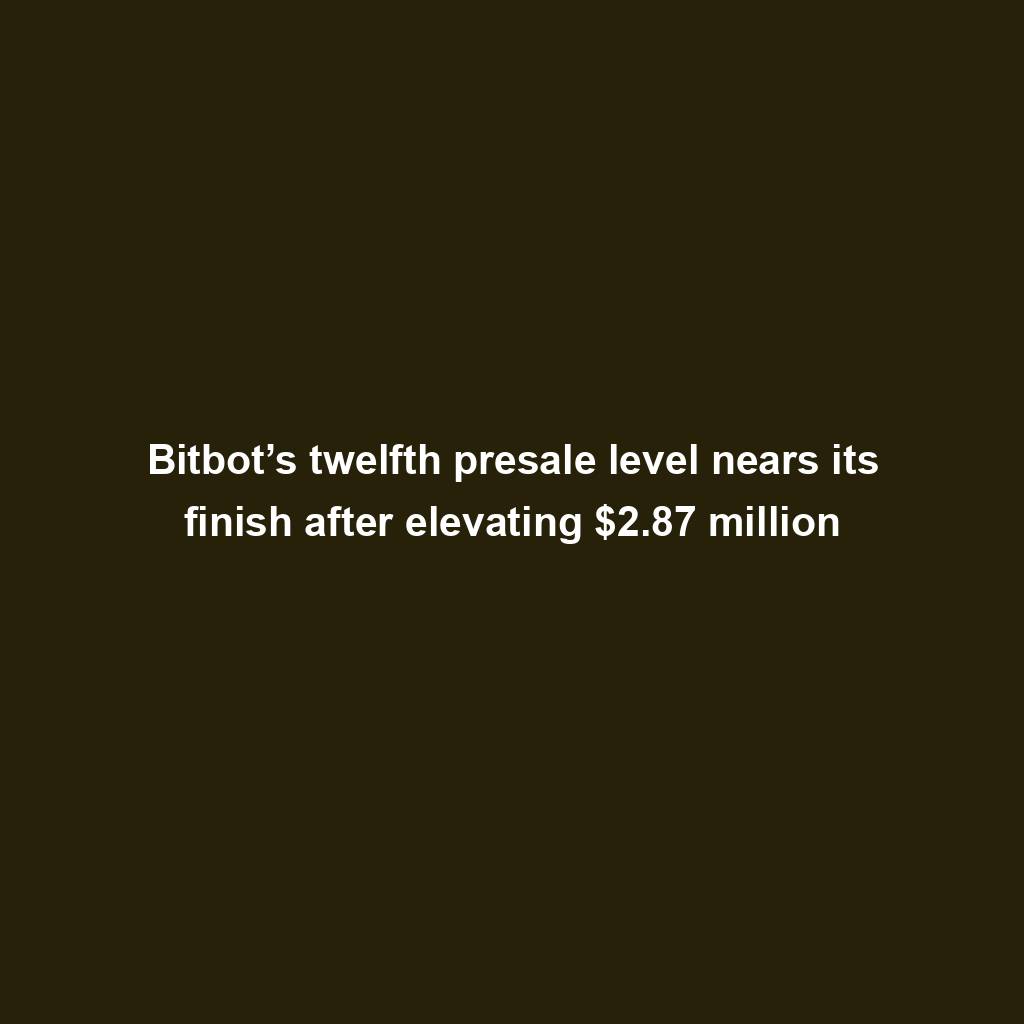
PANDA and MEW bullish momentum cool off: traders shift to new altcoin

Commerce technique: Ecommerce is useless, lengthy are living ecommerce

Republic First Bank closed by way of US regulators — crypto neighborhood reacts
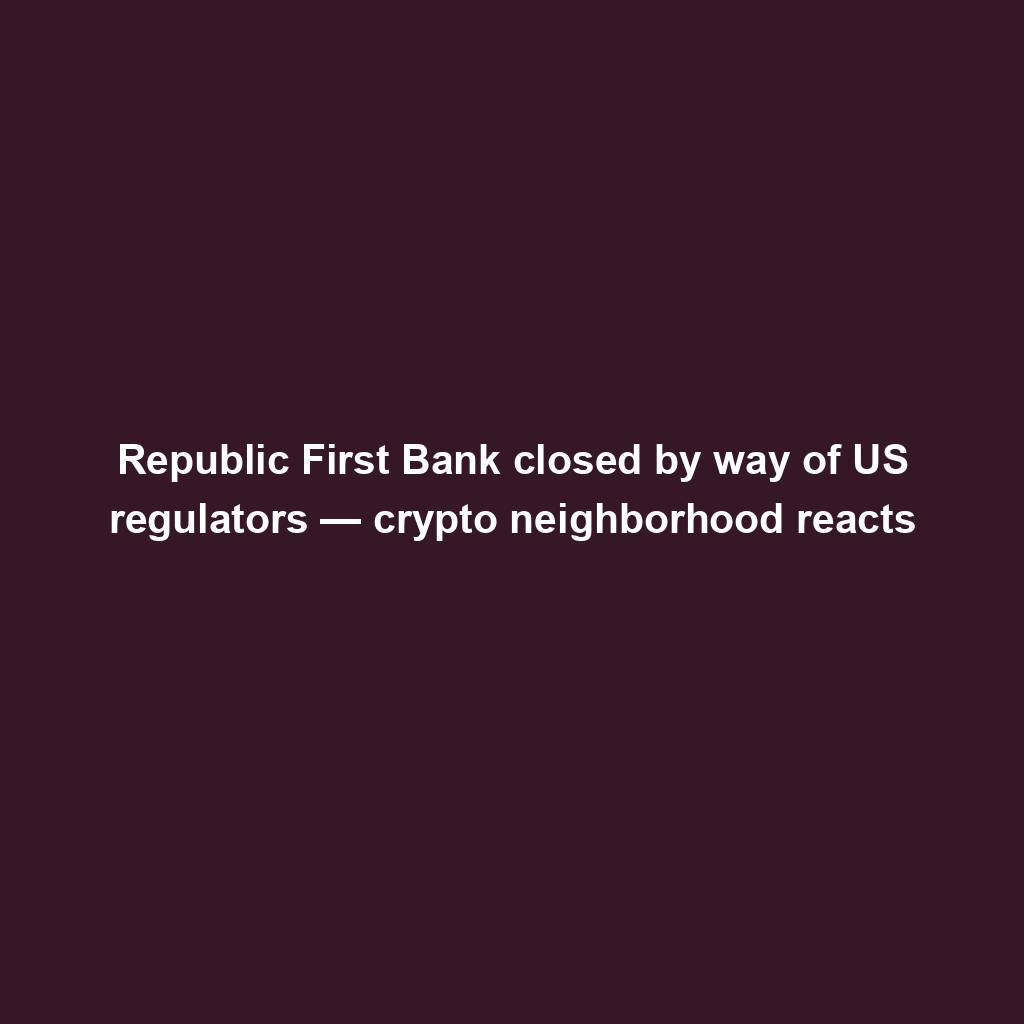
China’s former CBDC leader is beneath executive investigation

Bigger isn’t all the time higher: How hybrid Computational Intelligence development permits smaller language fashions
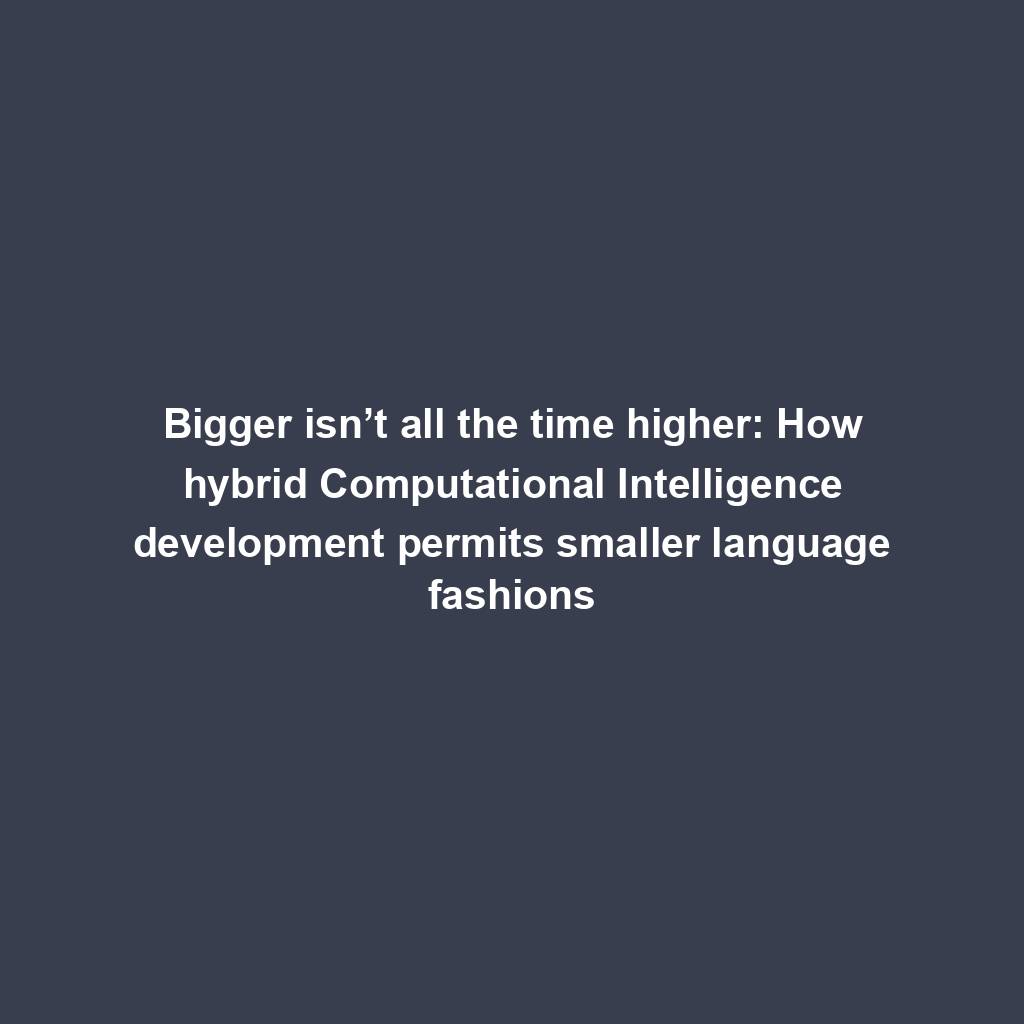
Pantera Capital buys extra Solana (SOL) from FTX
Successful Beta Service release of SOMESING, ‘My Hand-Carry Studio Karaoke App’

SEC sues Bitcoin miner Geosyn Mining for fraud; Bitbot presale nears $3M

Business procedure reengineering (BPR) examples

85% Of Altcoins In “Opportunity Zone,” Santiment Reveals

Sam Altman’s Worldcoin eyeing PayPal and OpenAI partnerships

Artificial Intelligence transforms the IT strengthen enjoy
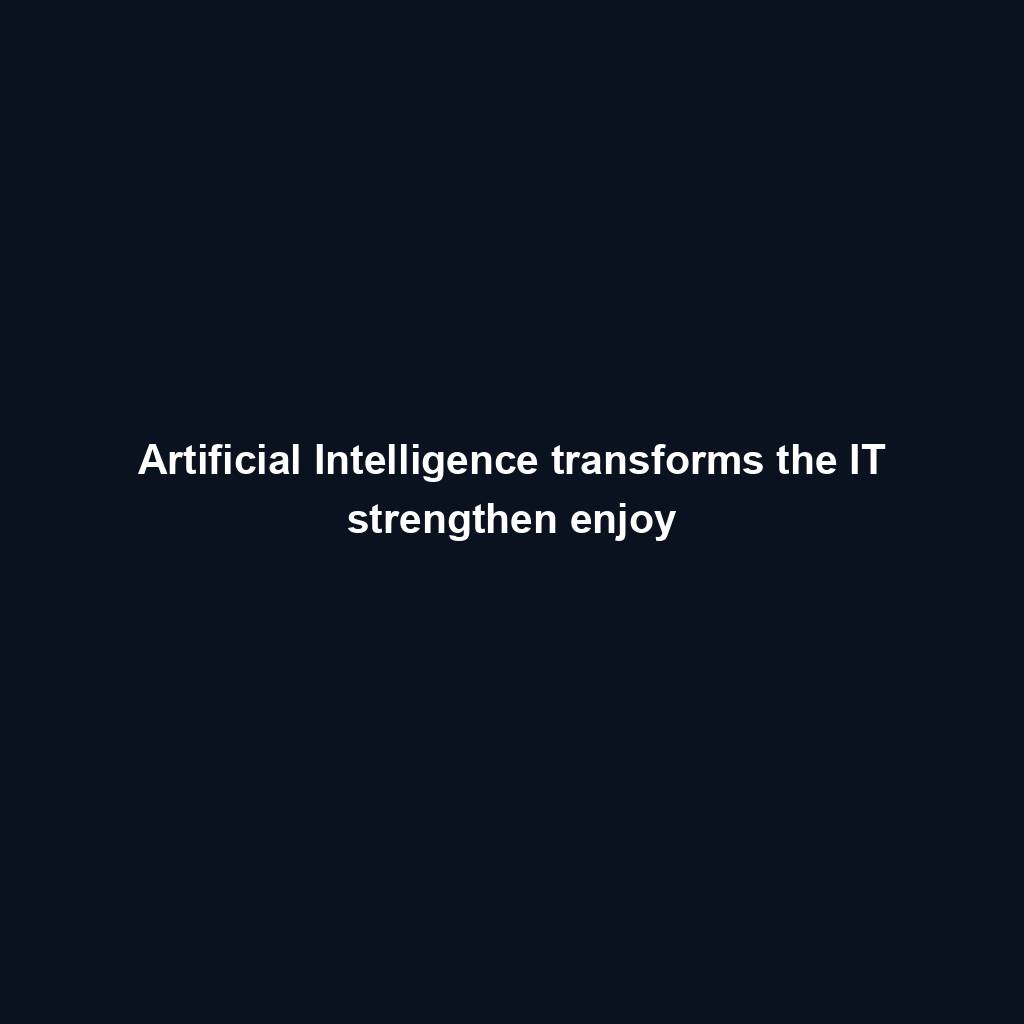
Franklin Templeton tokenizes $380M fund on Polygon and Stellar for P2P transfers

Meta’s letting Xbox, Lenovo, and Asus construct new Quest metaverse {hardware}

Shiba Inu (SHIB) unveils bold Shibarium plans as Kangamoon steals the display
